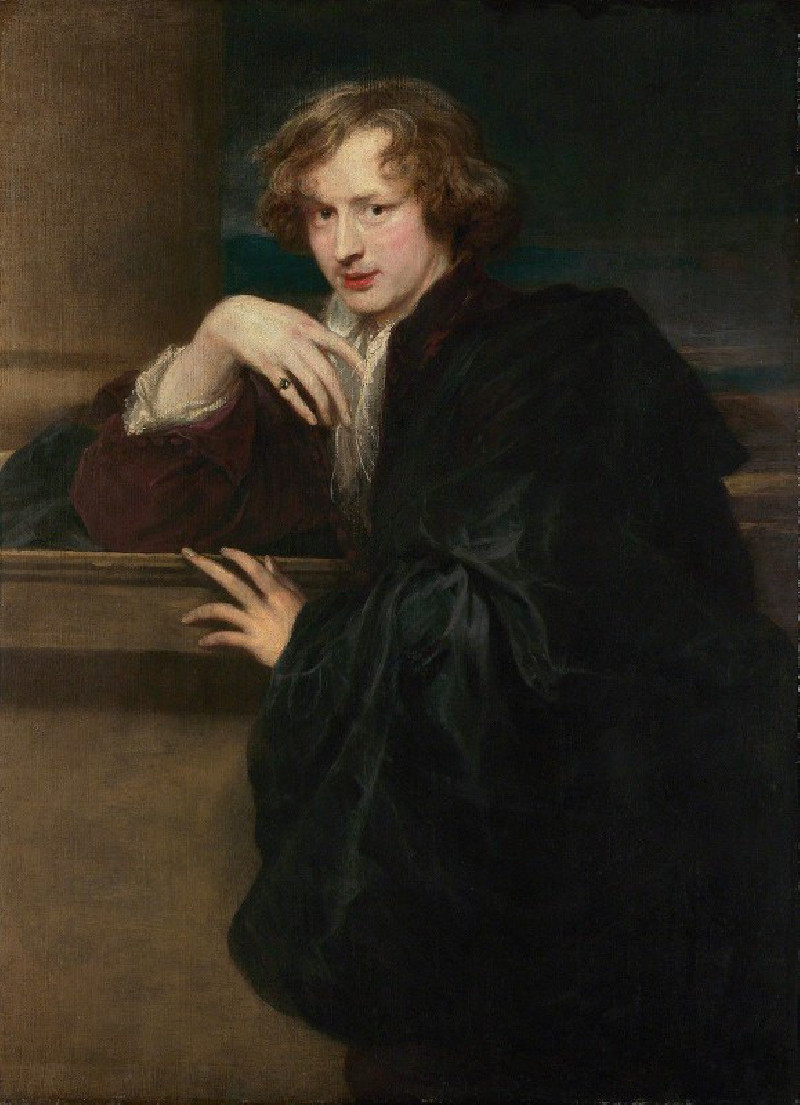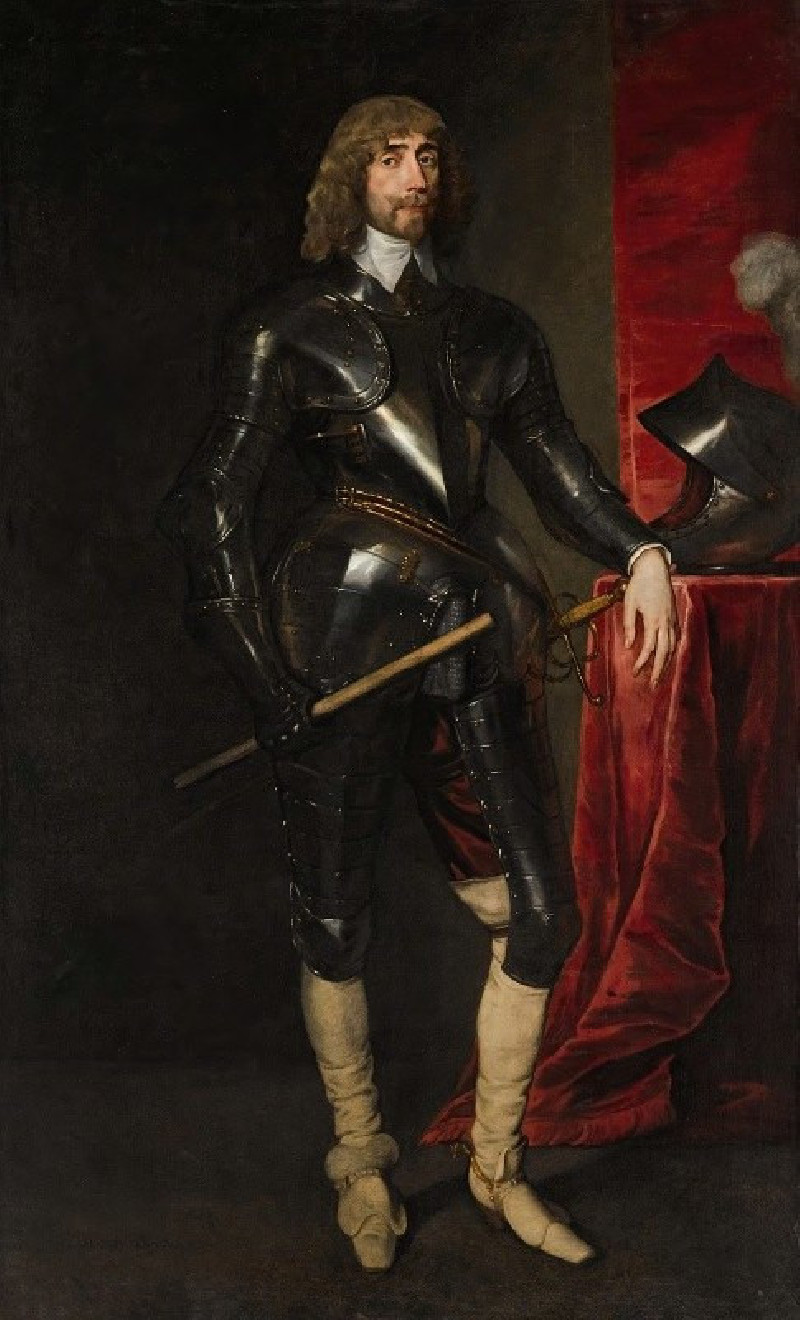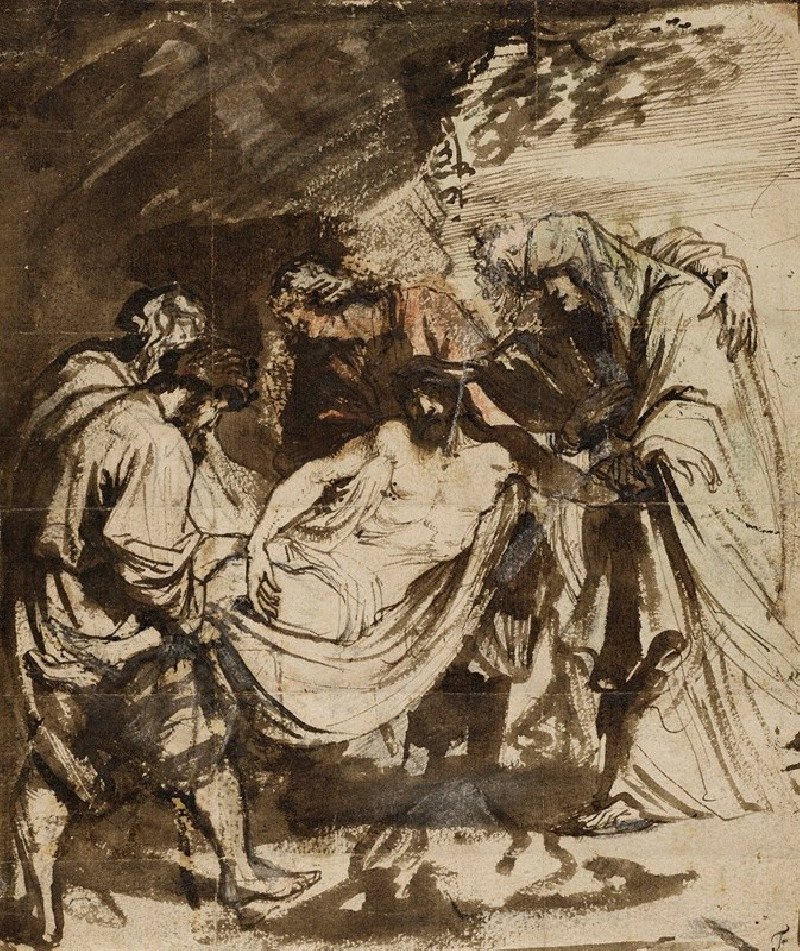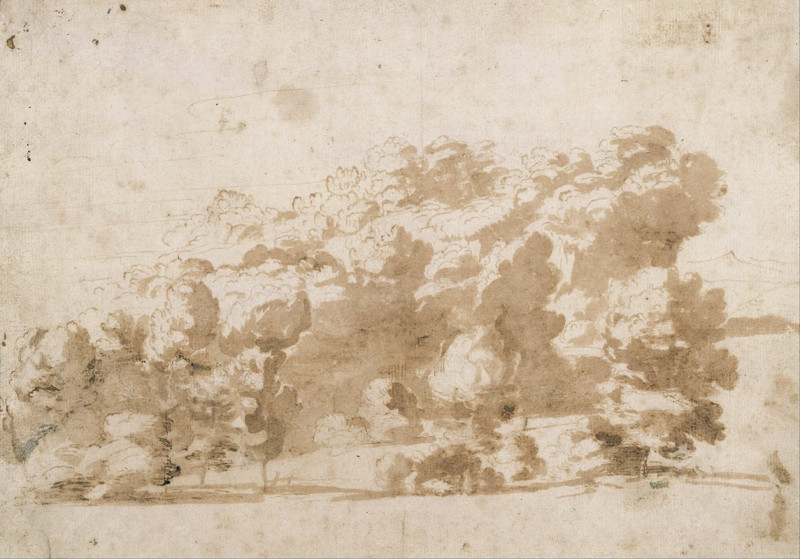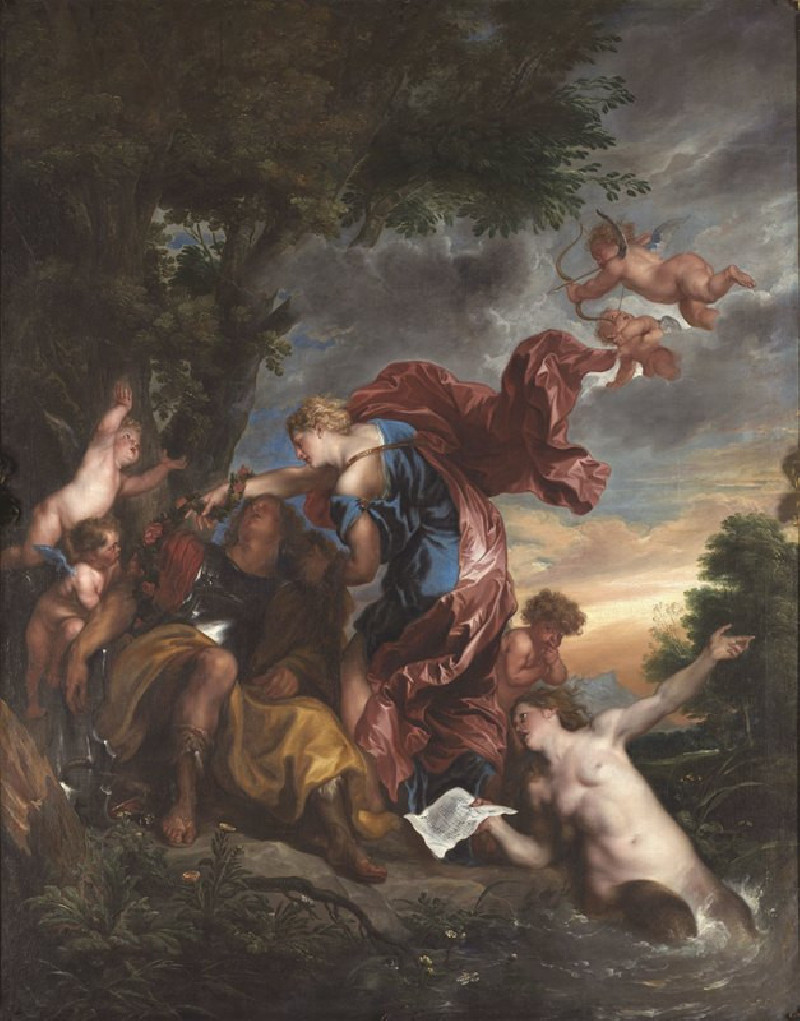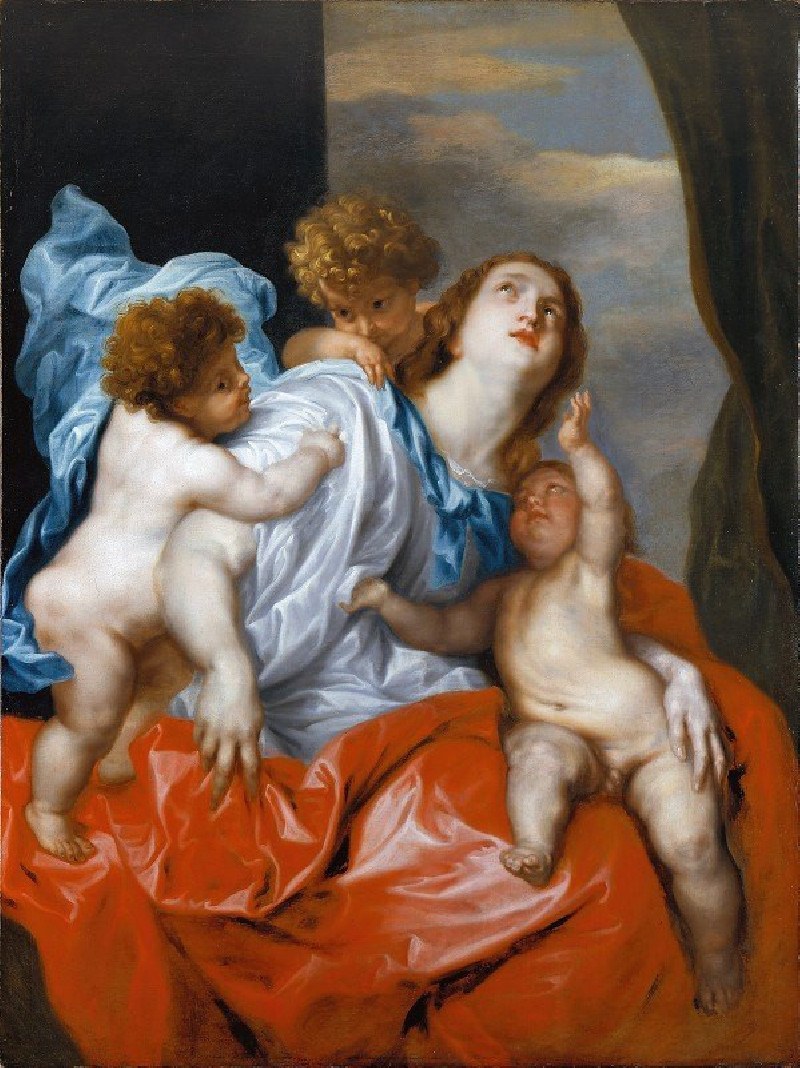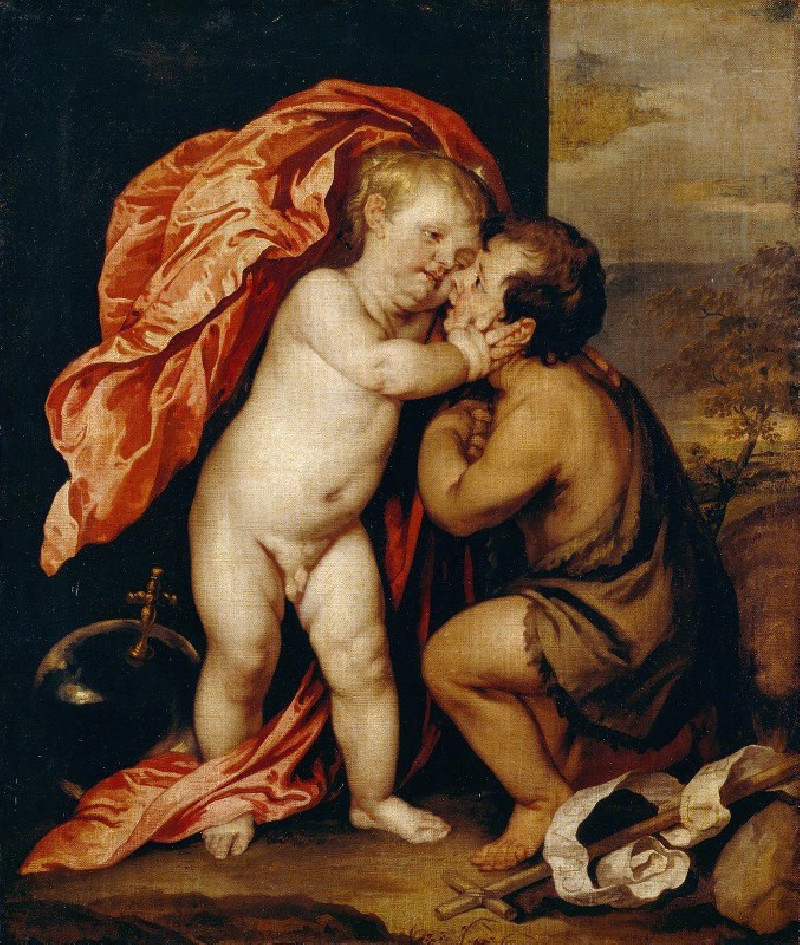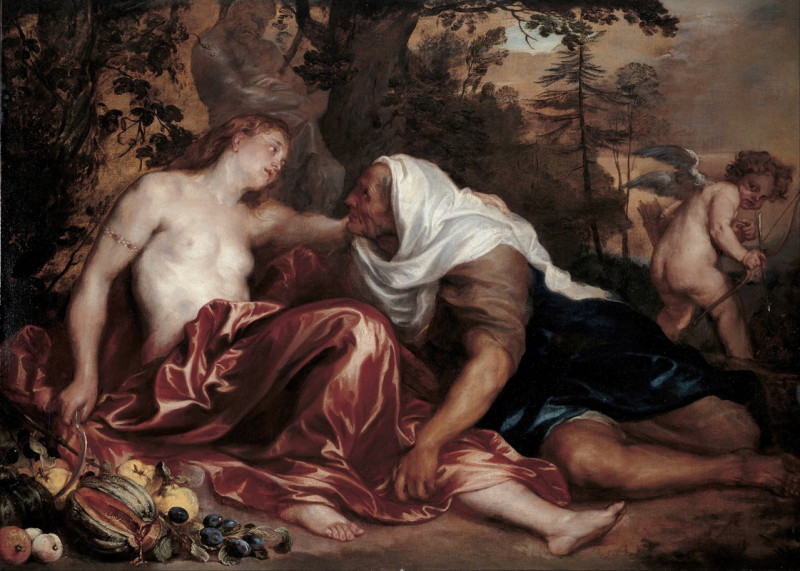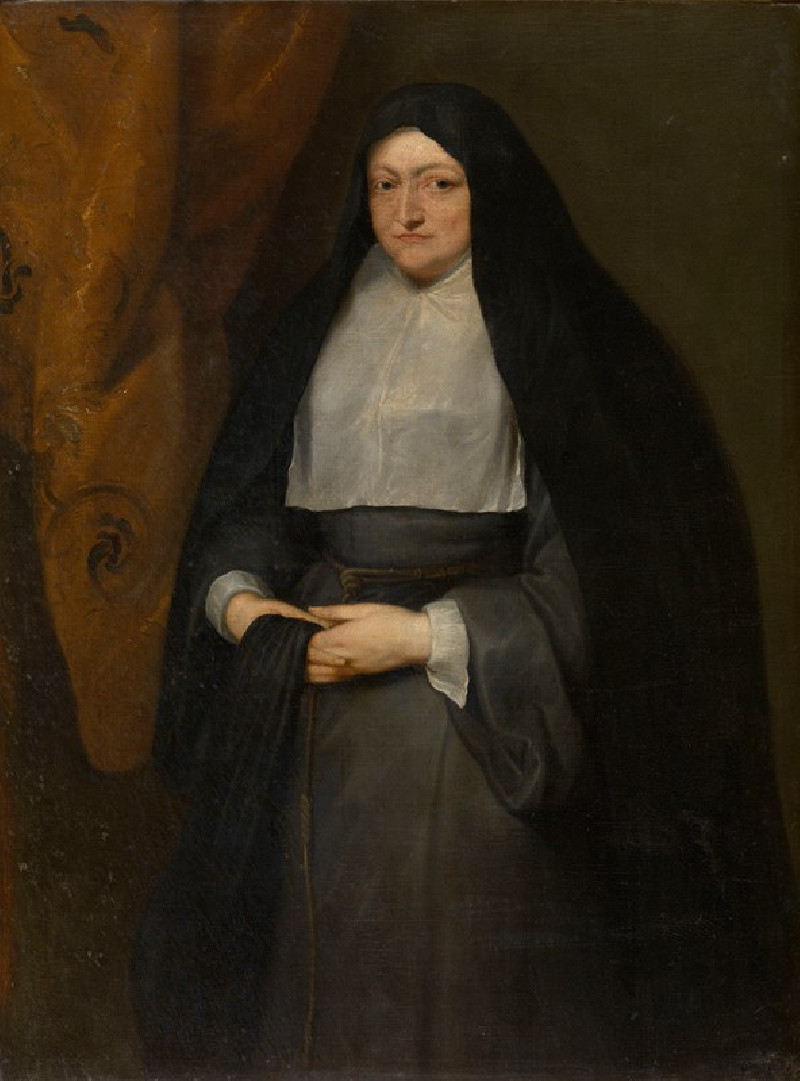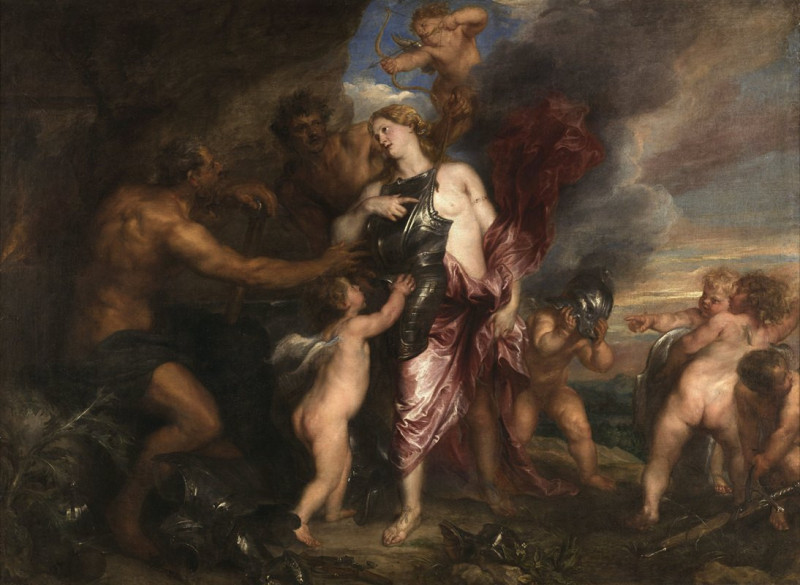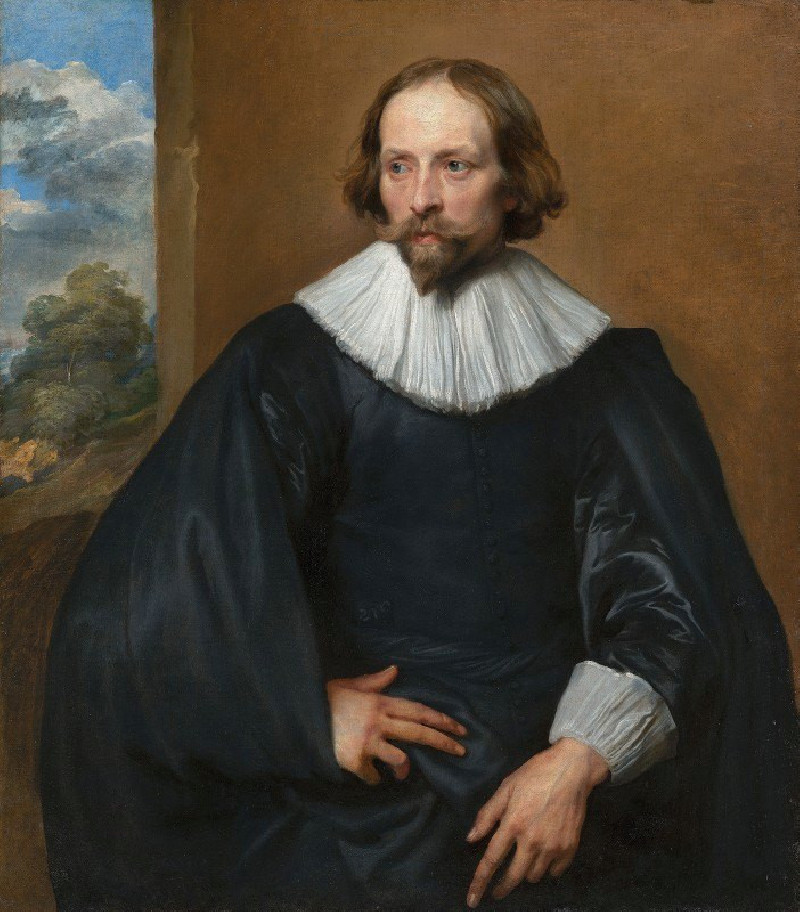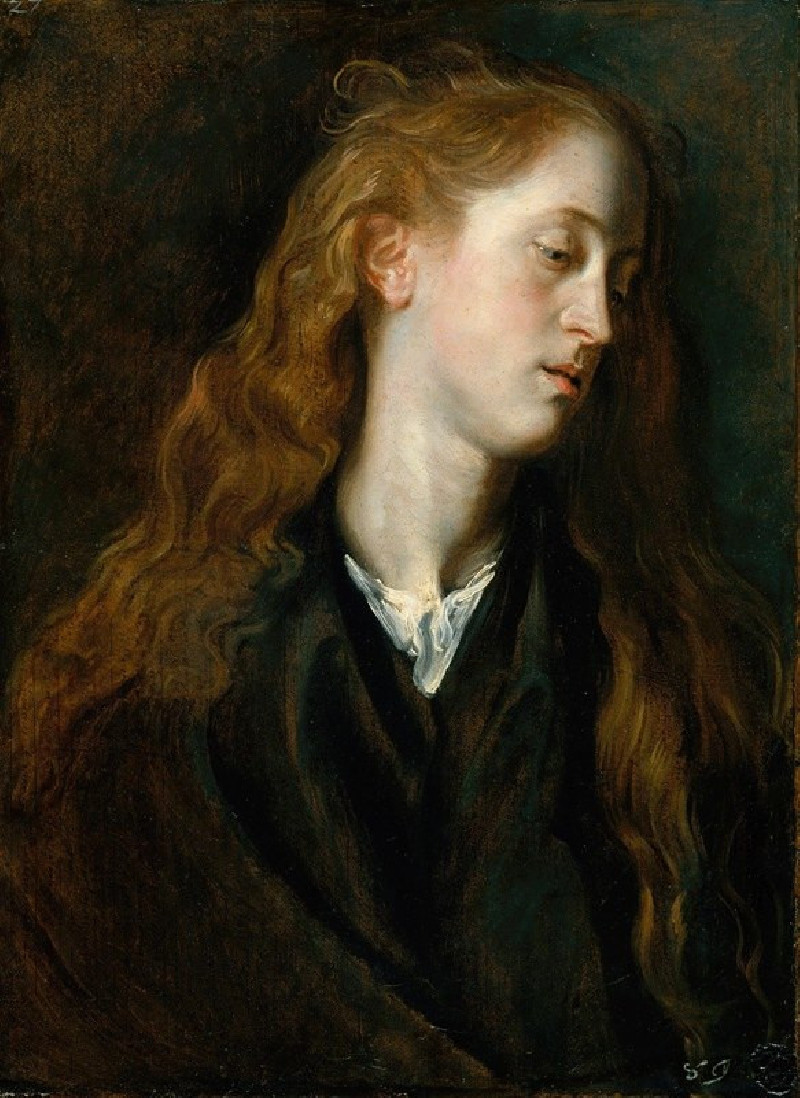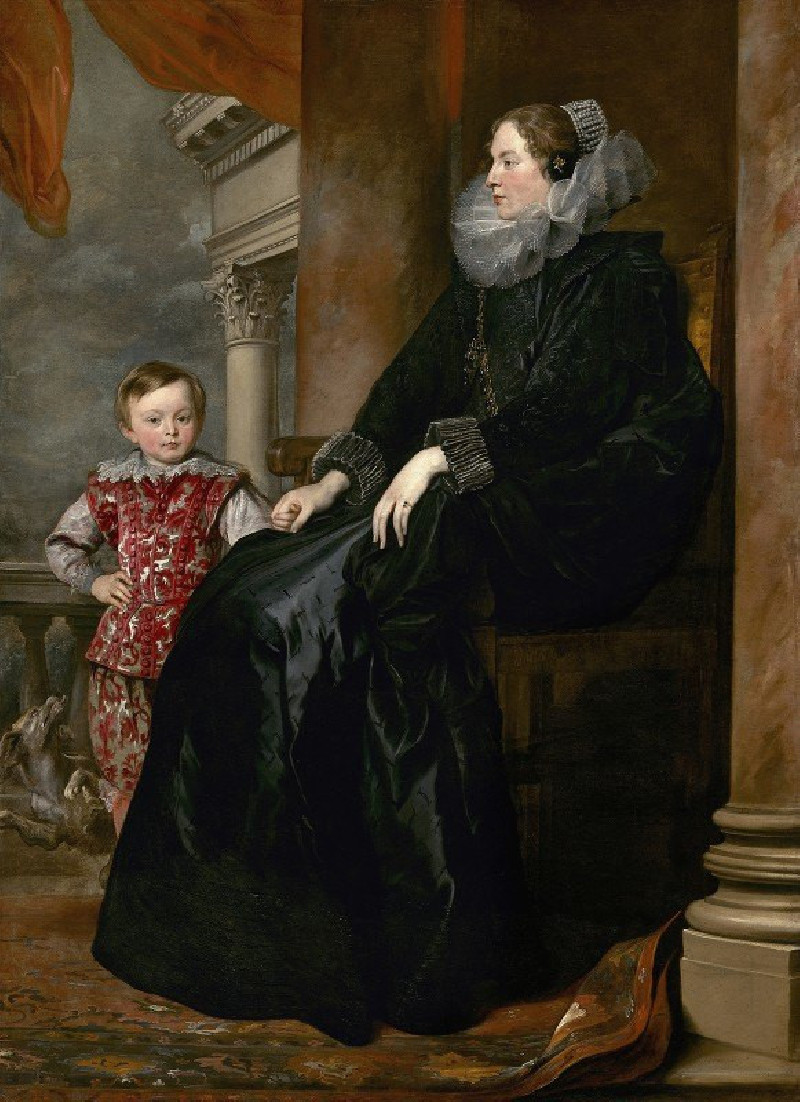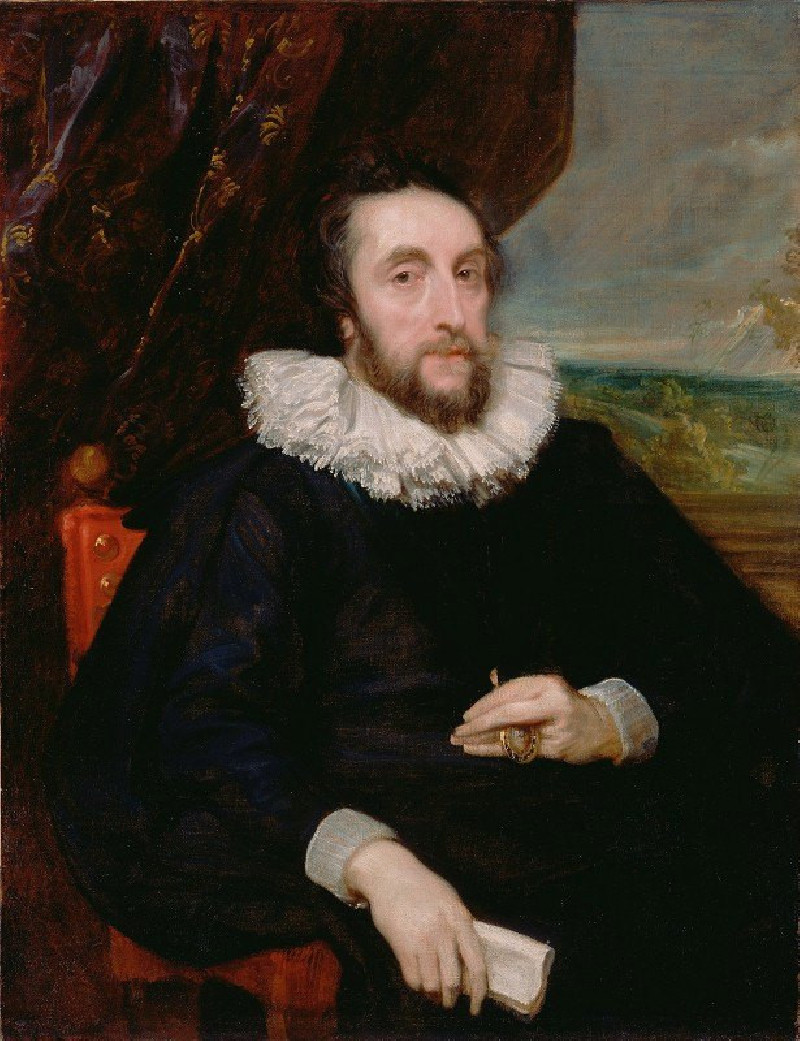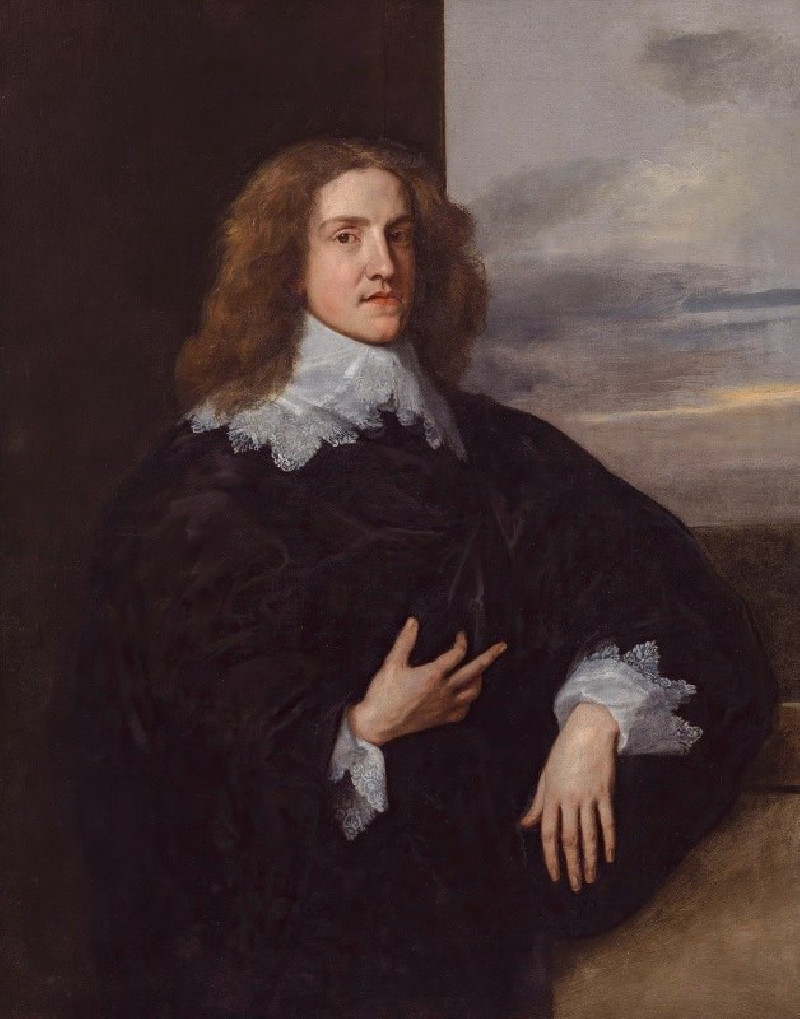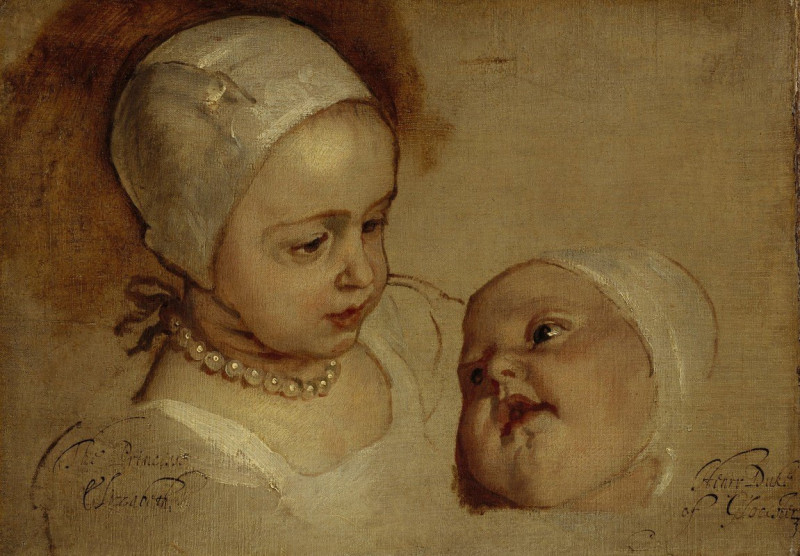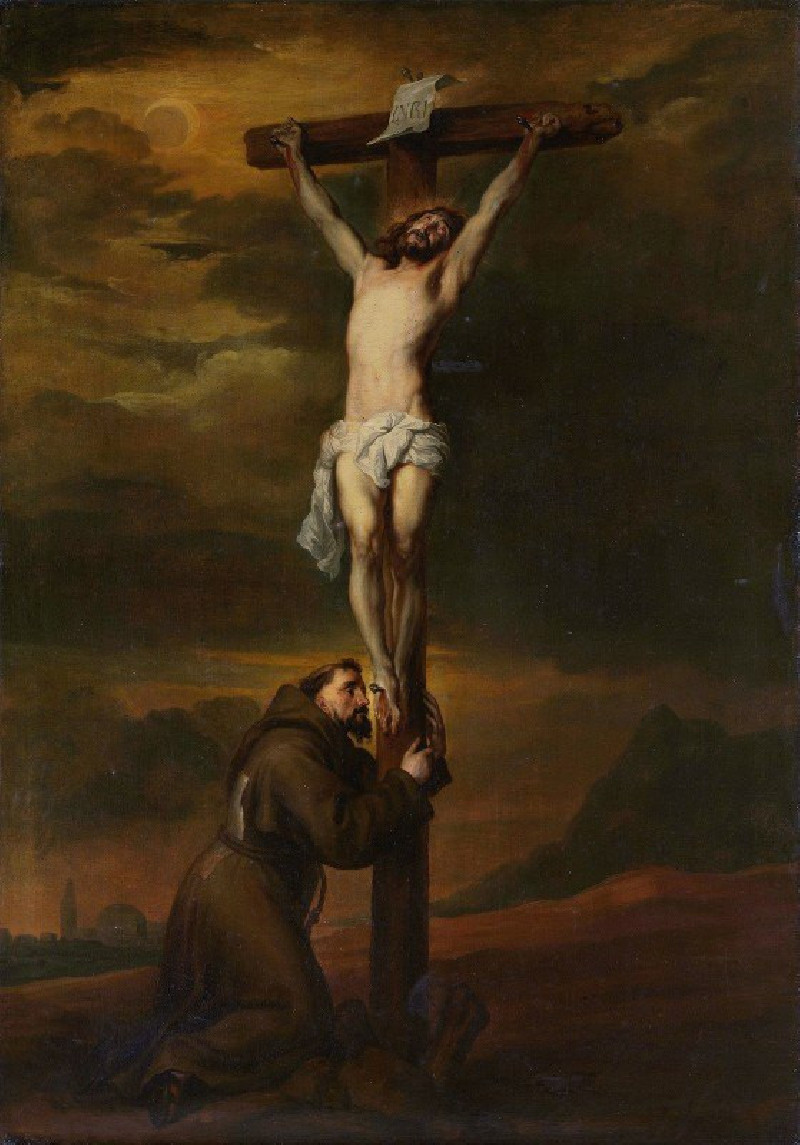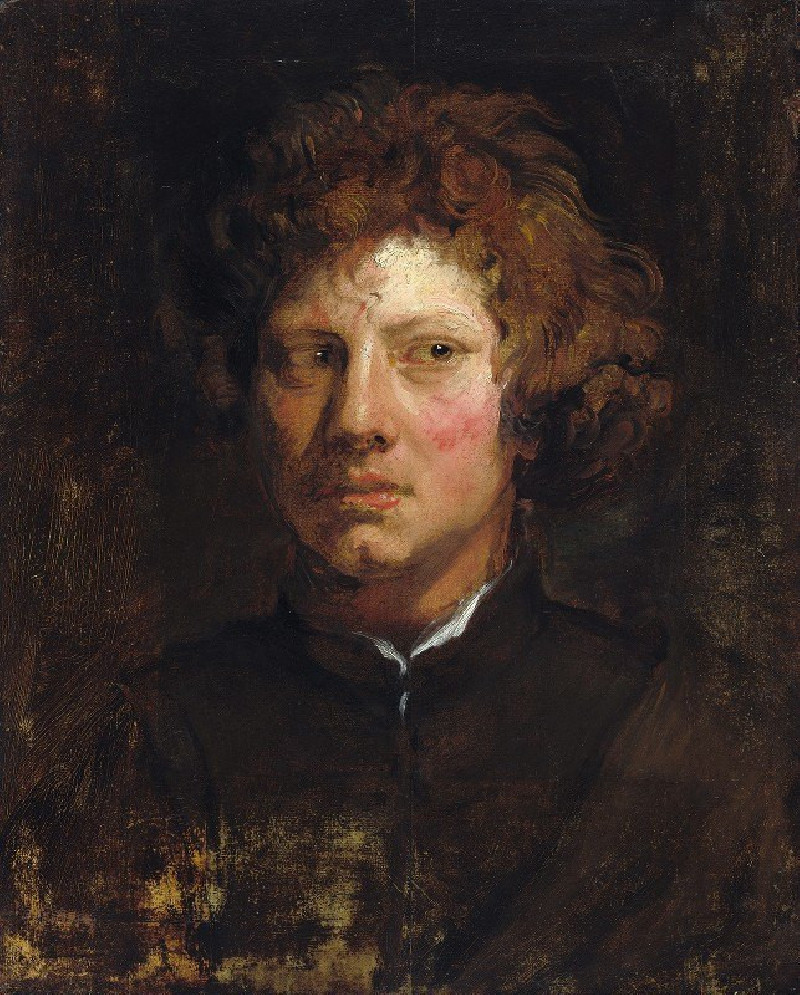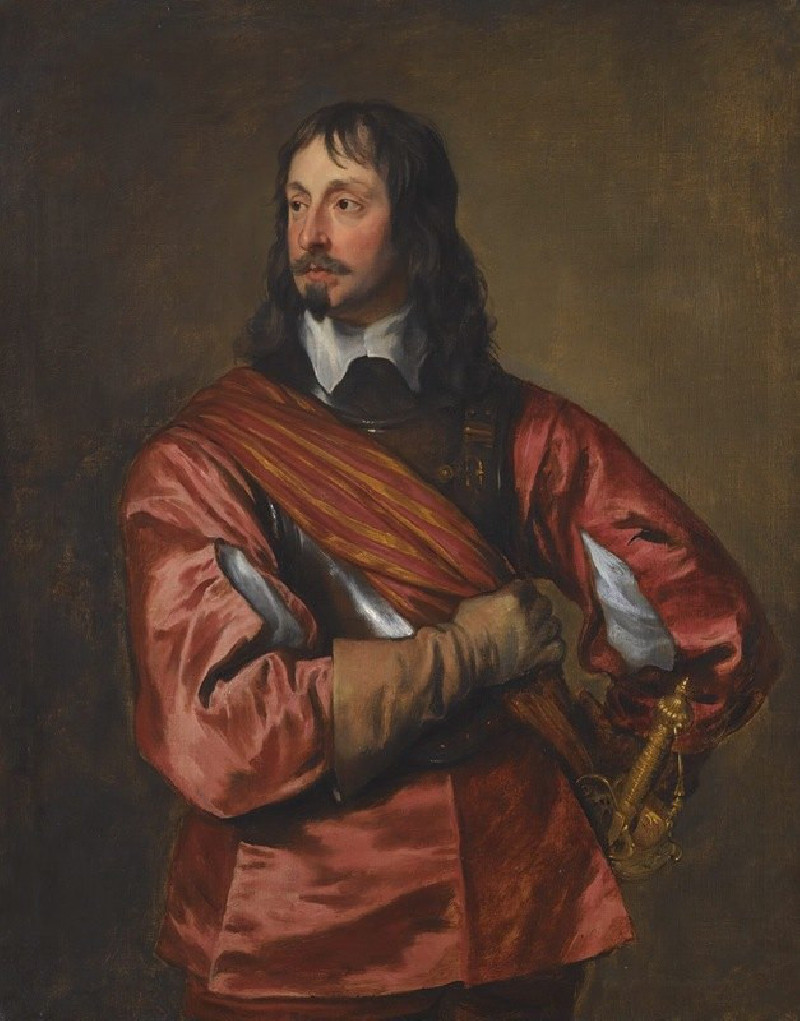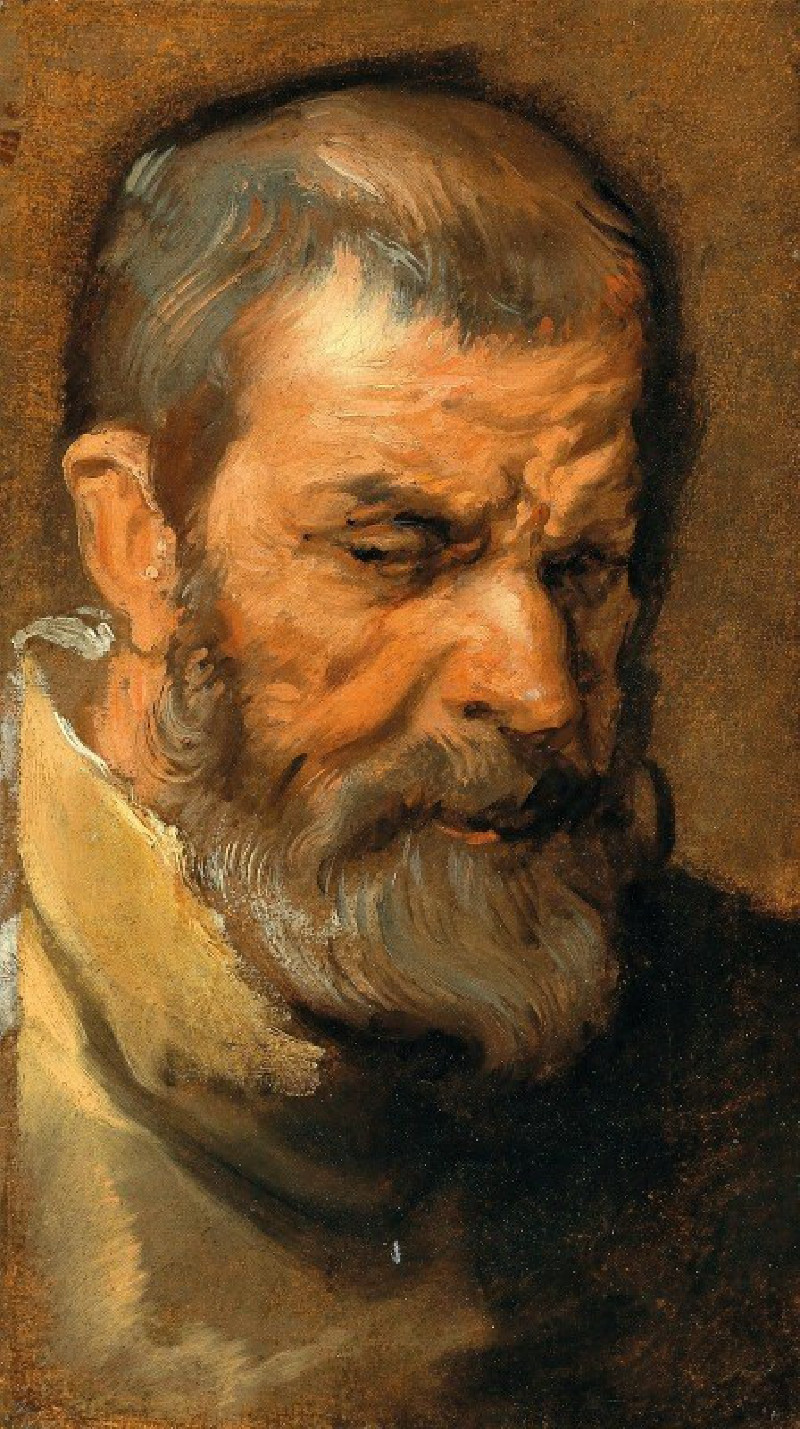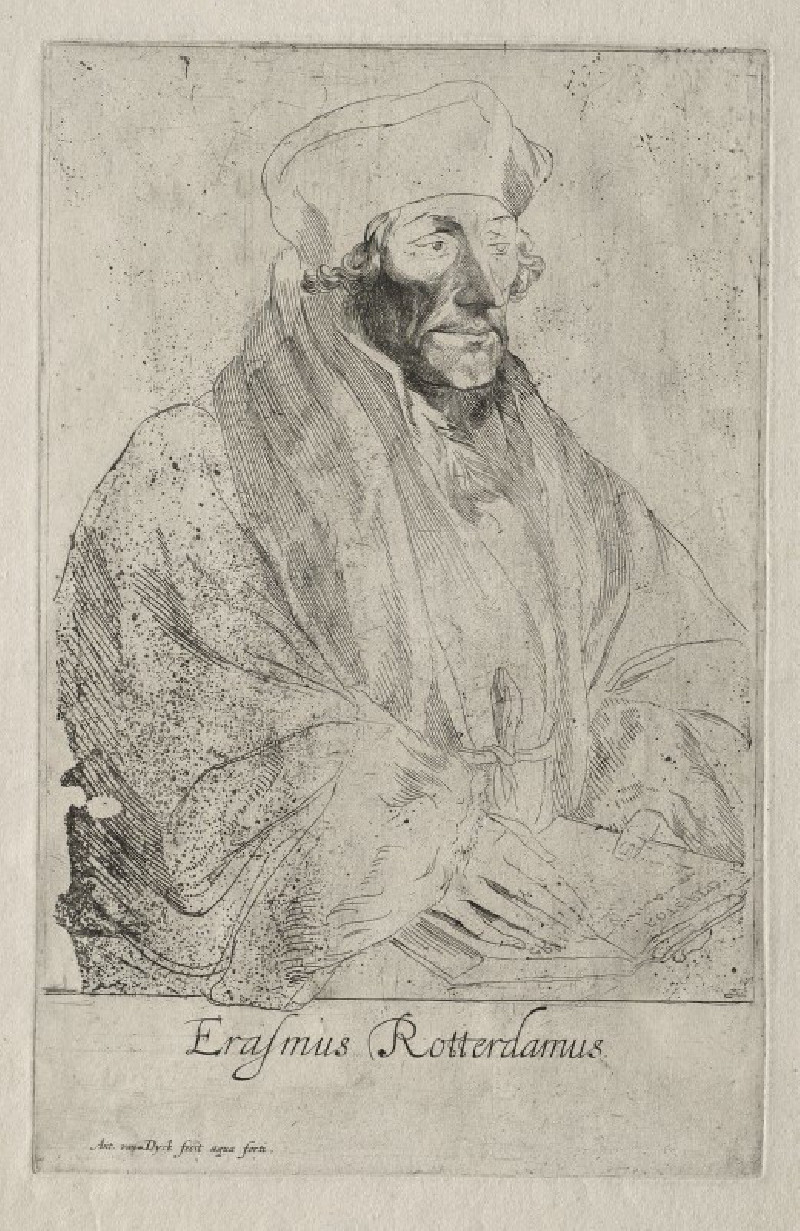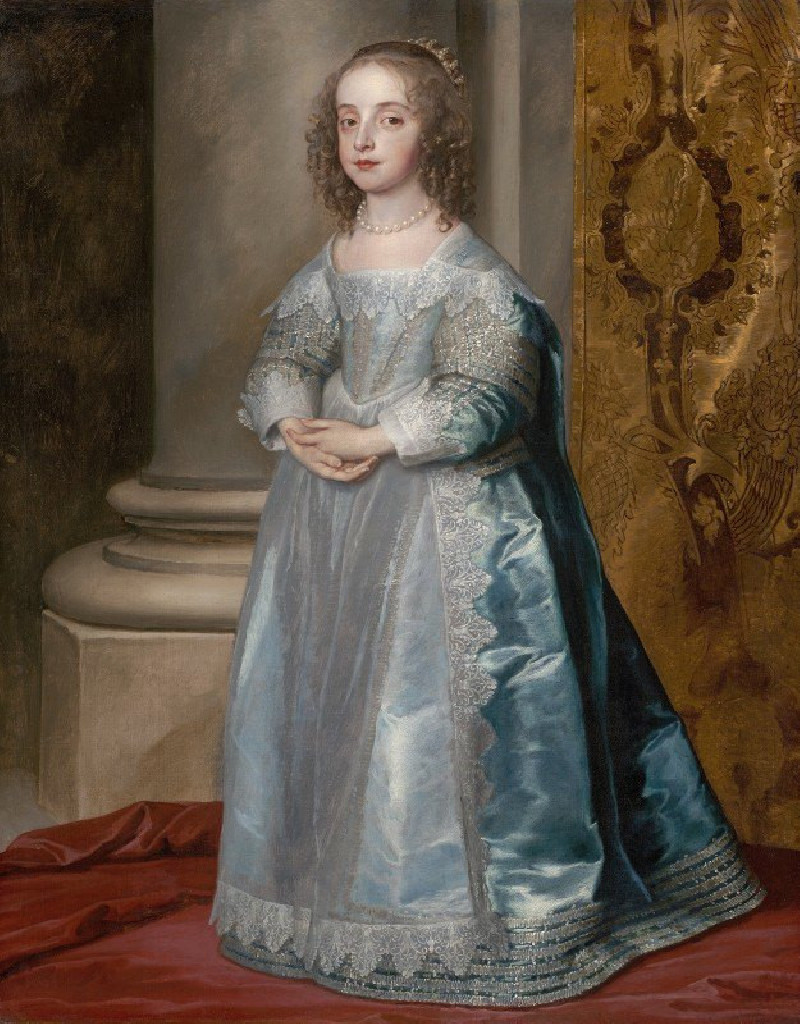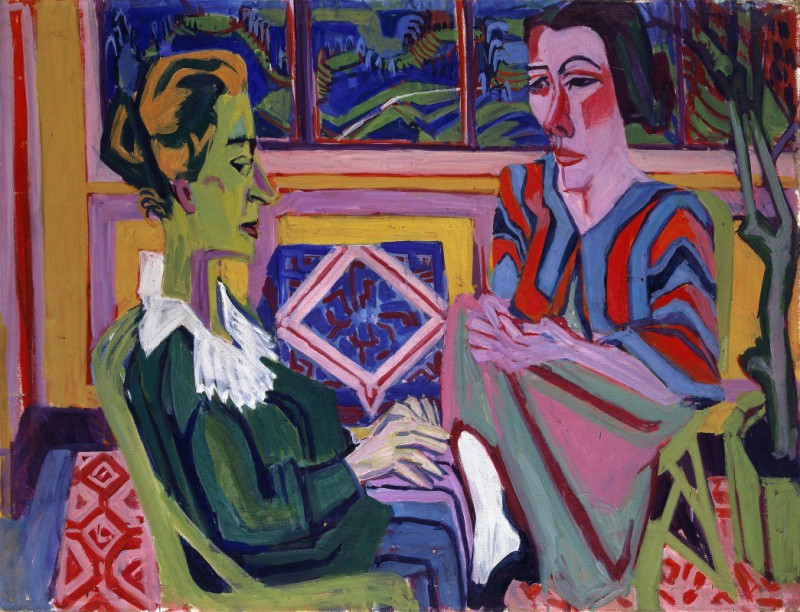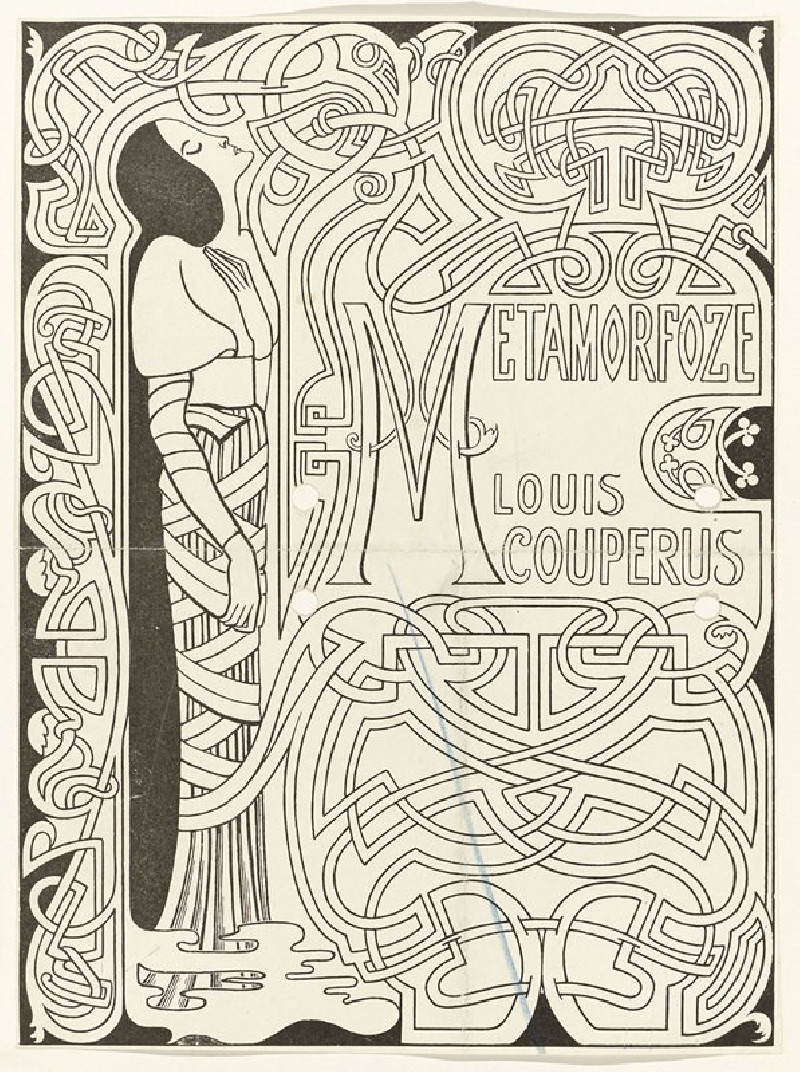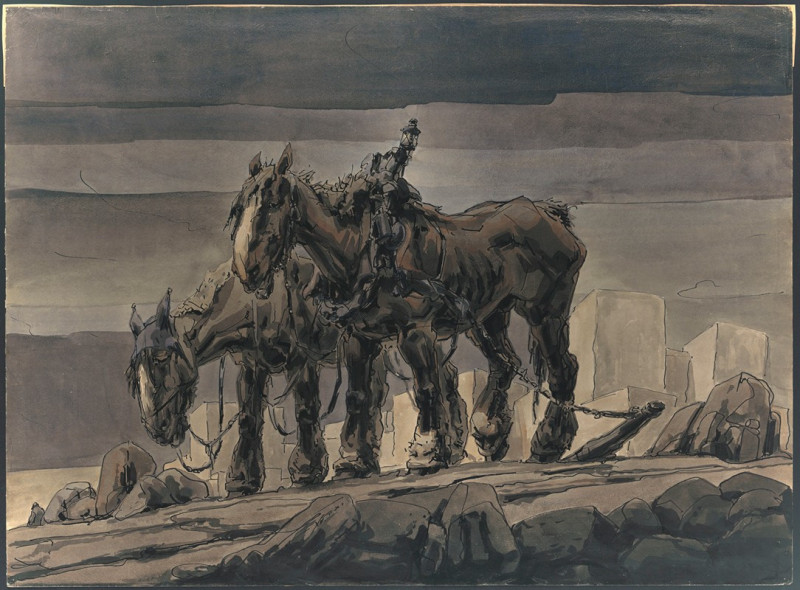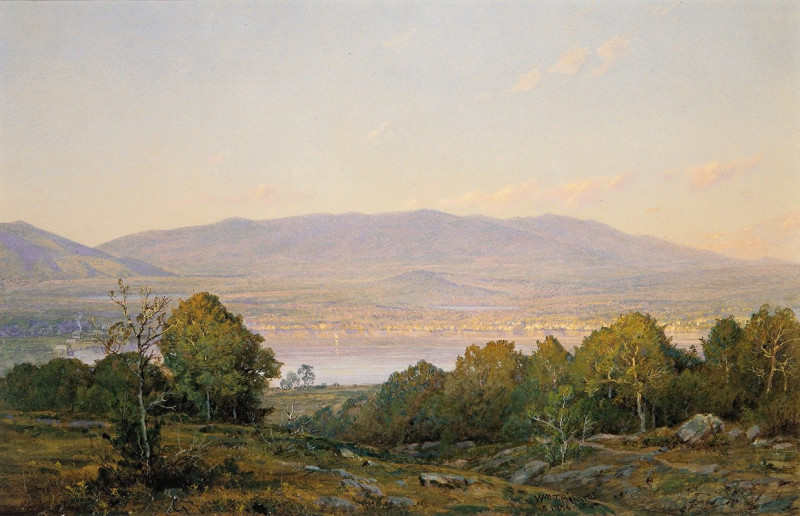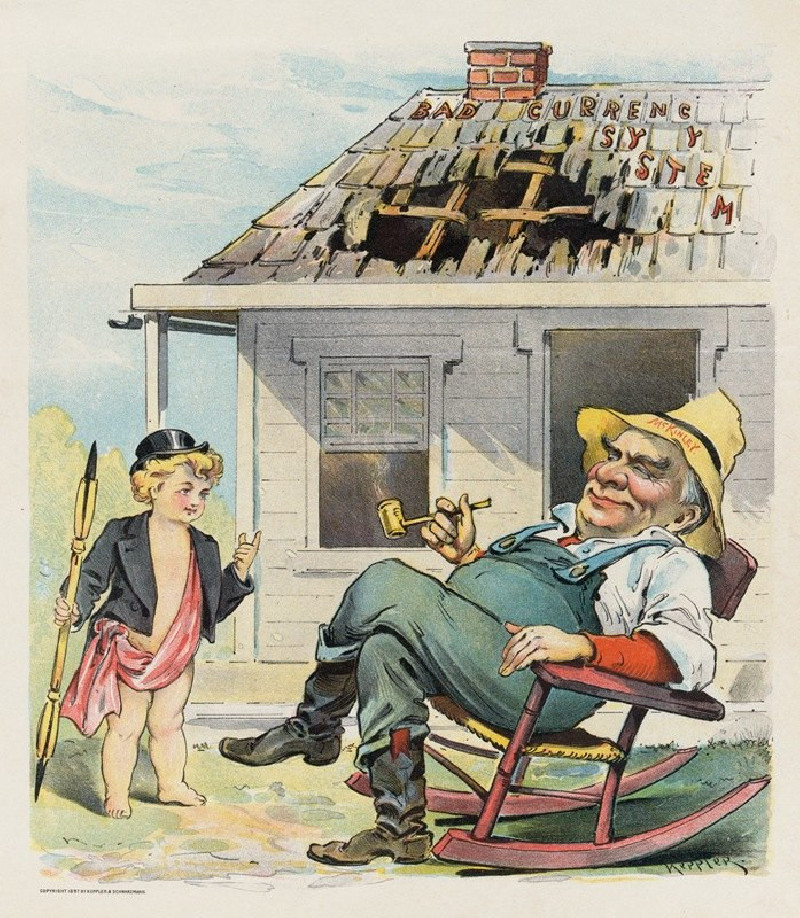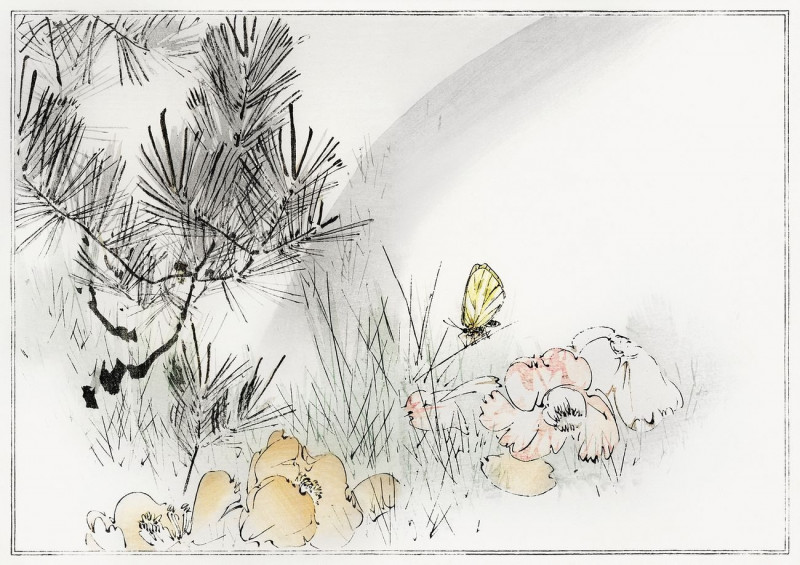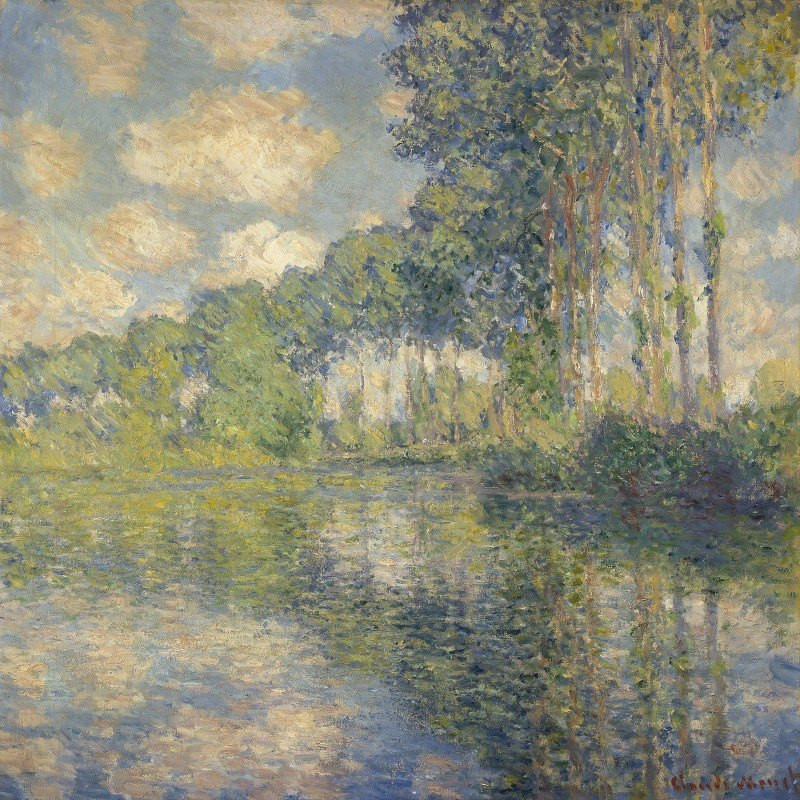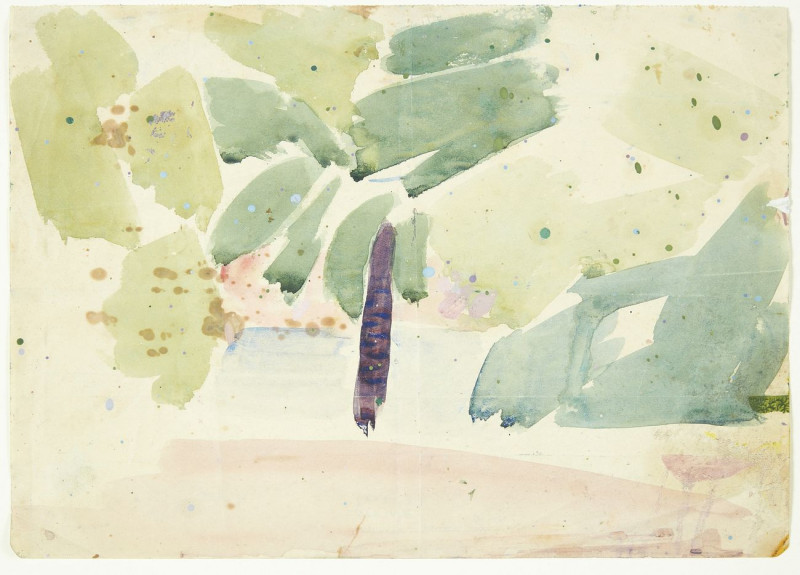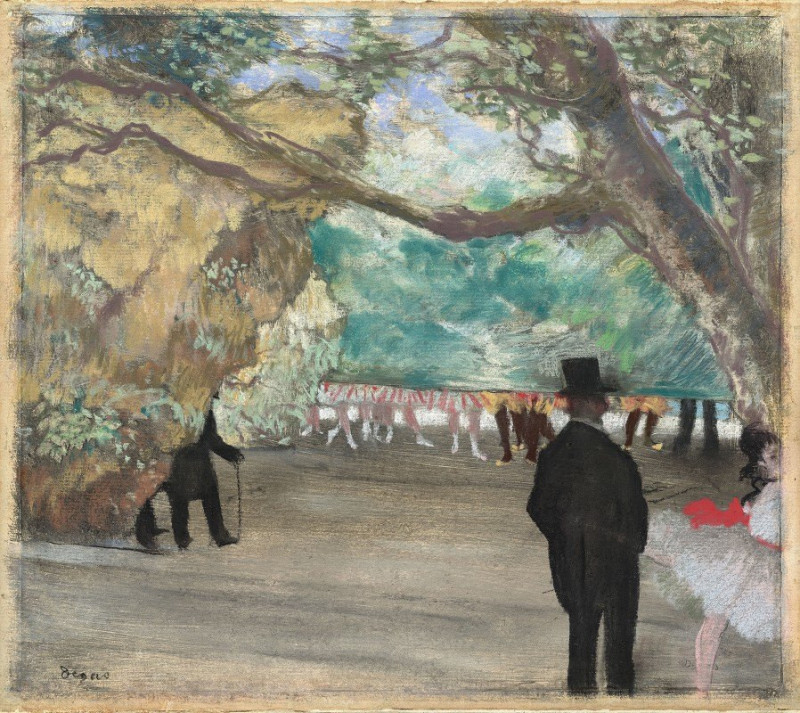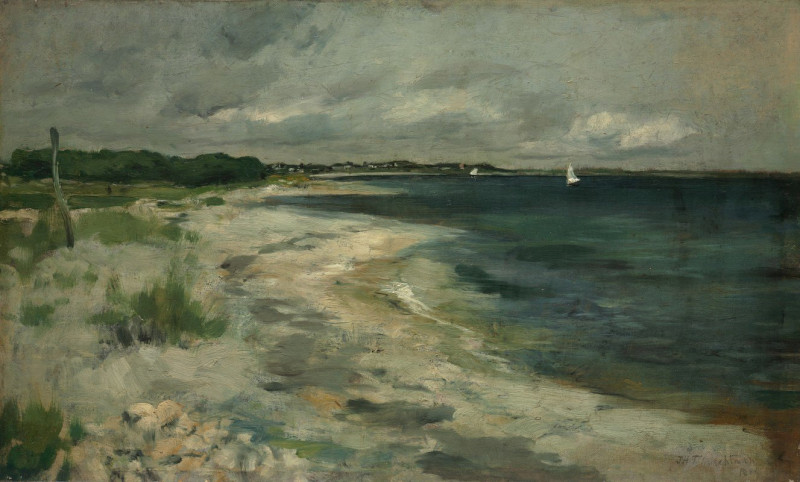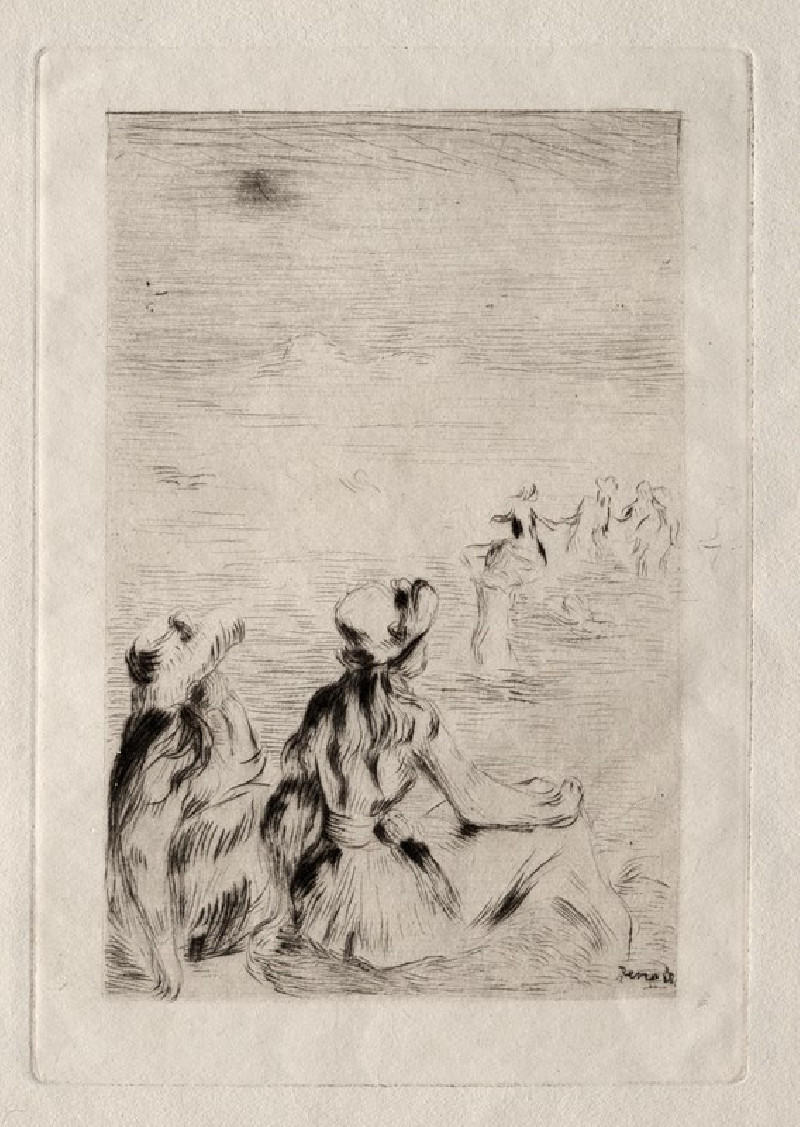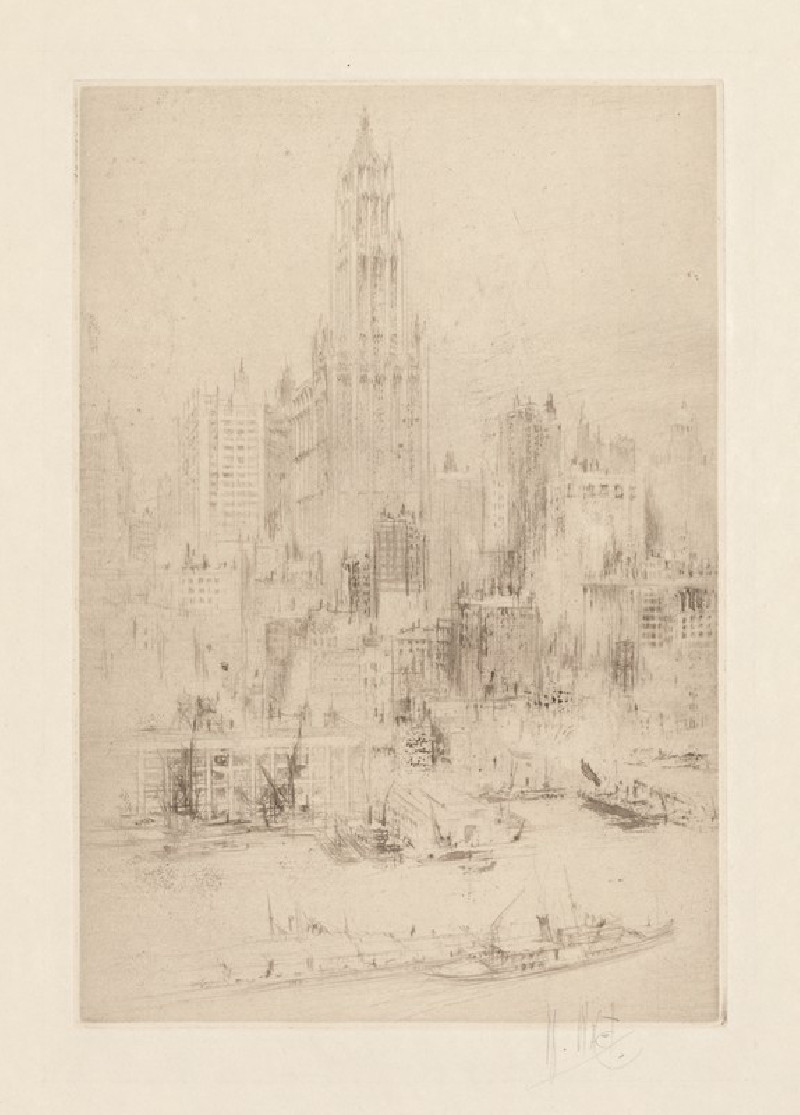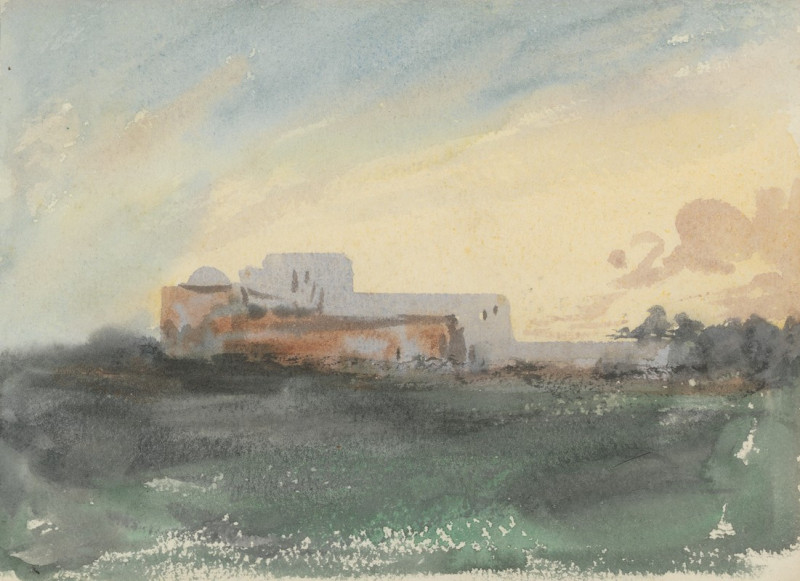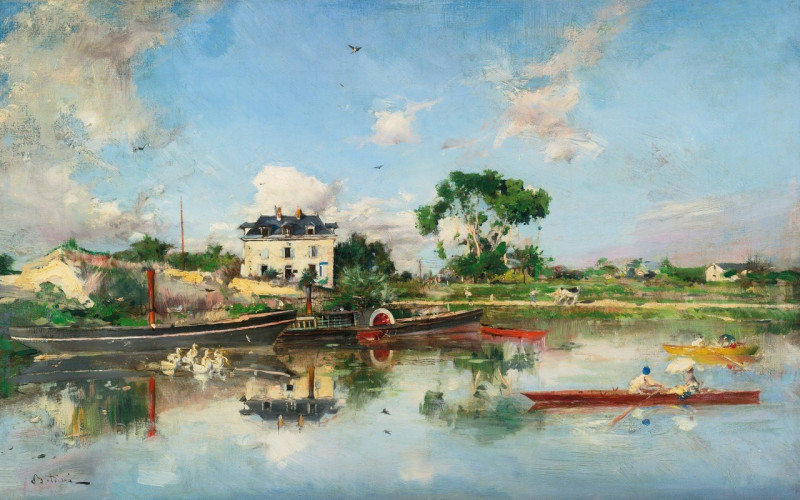Lady Digby, on her Deathbed
Technique: Giclée quality print
Recommended by our customers
More about this artwork
Anthony van Dyck’s evocative painting "Lady Digby, on her Deathbed" captures the ethereal and tranquil repose of Lady Digby in her final moments. This poignant work, created in 1633, exemplifies Van Dyck's mastery in portraying delicate human emotions and his refined use of chiaroscuro.The painting shows Lady Digby, depicted in a serene slumber that belies the permanence of death. Her head rests gently on a pillow, her face framed by a simple, translucent cap and her body enveloped in a flowing white garment that contrasts starkly with the dark, nondescript background. The soft diffusion of light across her form and the exquisite rendering of the textures of her attire highlight her youthful beauty and the peacefulness of her expression.Van Dyck, a leading court painter in England under King Charles I, was renowned for his portraits that not only captured the physical likeness but also the soul of his subjects. In "Lady Digby, on her Deathbed," he elevates a personal and intimate moment into a work of profound universal appeal, inviting viewers to reflect on themes of beauty, mortality, and tranquility.
Delivery
Returns
Sir Anthony van Dyck (1599 – 1641) was a Flemish Baroque artist who became the leading court painter in England after success in the Spanish Netherlands and Italy.
The seventh child of Frans van Dyck, a wealthy Antwerp silk merchant, Anthony painted from an early age. He was successful as an independent painter in his late teens, and became a master in the Antwerp guild in 1618. By this time he was working in the studio of the leading northern painter of the day, Peter Paul Rubens, who became a major influence on his work.



